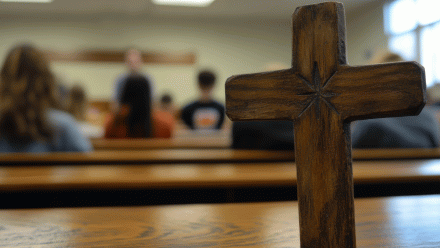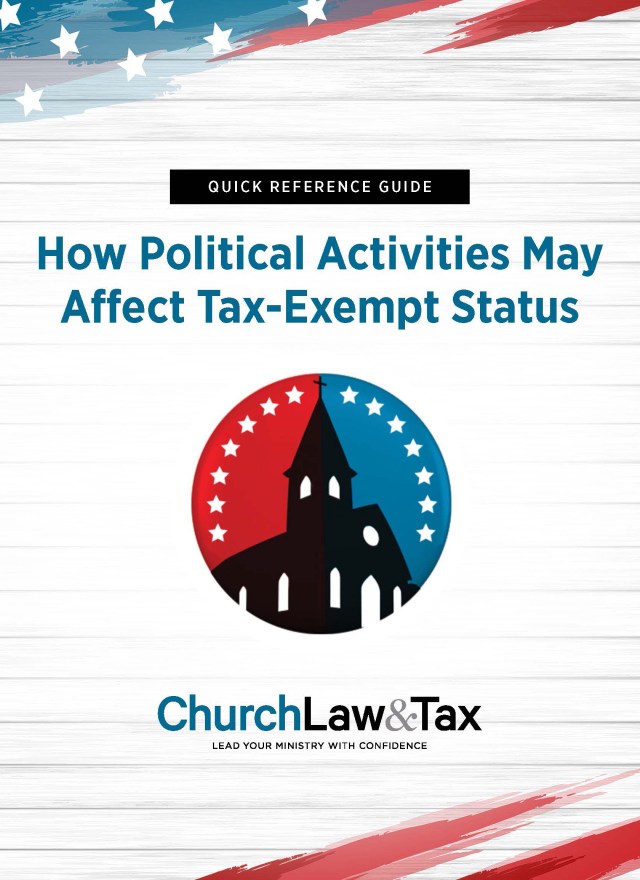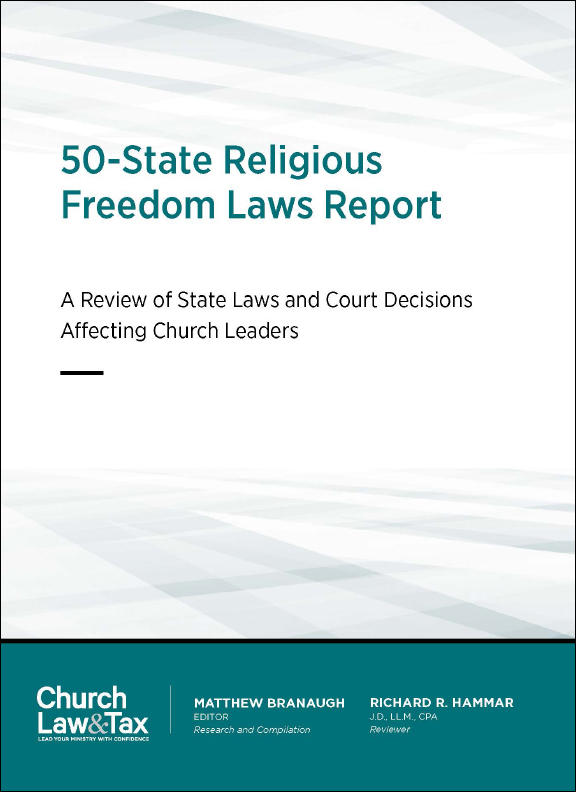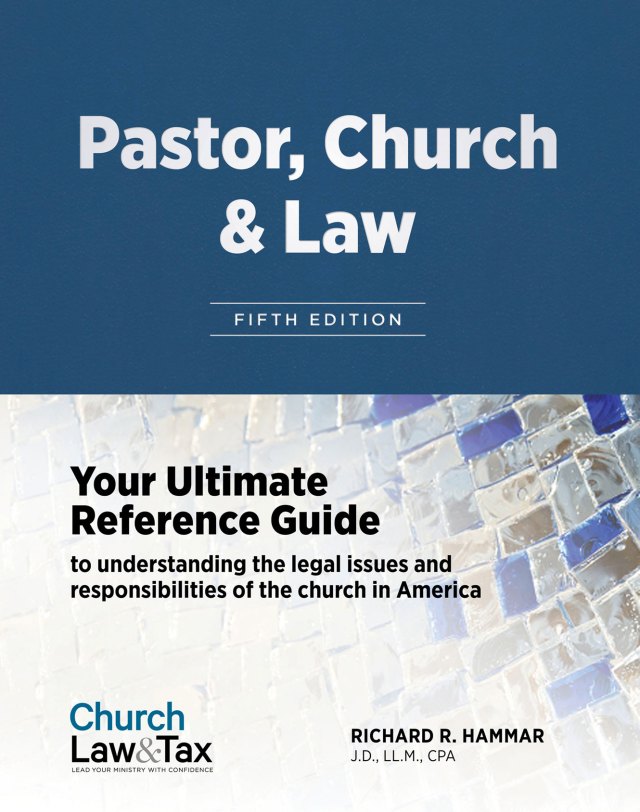The Constitutional Debate
The role of religion in public schools continues to spark legal and cultural debate. At the center is the First Amendment, which prohibits government-sponsored religion.
Yet under a program known as “released time,” public school students may receive religious instruction during the school day, provided certain guidelines are met.
What Are Released-Time Programs?
Released-time programs allow public school students to:
- Leave school during regular hours
- Attend religious instruction off campus
- Participate with written parental permission
Religious institutions—such as churches—can coordinate these programs, but they must comply with constitutional standards.
Legal Foundation: Supreme Court Decisions
Two landmark Supreme Court cases define the limits of released-time programs:
🟢 Zorach v. Clauson (1952)
- New York law allowed students to leave school for one hour weekly for religious instruction, with parental permission.
- The Court ruled the program constitutional because:
- It occurred off campus
- No public funds supported it
- Schools did not promote or organize the instruction
🔴 McCollum v. Board of Education (1948)
- Religious teachers conducted instruction inside public school classrooms.
- The Court struck down the program, finding it used a tax-supported system to promote religion.
Lower Court Rulings
In 2012, the US Court of Appeals for the Fourth Circuit affirmed a lower court’s decision upholding a South Carolina law allowing high school students to earn academic credit for participating in released time programs. The court also deemed a South Carolina school district’s policy as permissible.
Key takeaway: Released-time programs are constitutional when kept separate from school operations and finances.
State Statutes: Know the Rules in Your State
Churches and religious organizations must consult state statutes before starting a released-time program. Statutes vary significantly.
School Ministries, founded in 1990, now estimates more than 500 released time programs exist nationwide, with Alabama, Tennessee, Ohio, and Utah all adopting legal protections since the Fourth Circuit’s decisions in 2012.
🔍 Where to Look:
- Your state legislature’s website
- Education codes and attendance laws
- Keywords: “attendance,” “religious instruction,” “released time”
Example: Wisconsin
- Requires school attendance for ages 6–18, with religious holidays exempted.
- Allows 60 to 180 minutes per week of religious instruction off campus with written parental permission.
- Addresses:
- Who manages release time
- Attendance tracking
- Liability during off-campus time
(Wis. Stat. §§ 118.15, 118.155)
Example: Pennsylvania
- Mandates school attendance but requires up to 36 hours per school year for religious instruction be permitted when requested by a parent.
- Parents must:
- Submit written requests detailing instruction, dates, and hours
- Confirm in writing that the child attended
(24 Pa. Stat. Ann. §§ 13-1327, 15-1546)
Key Constitutional Guidelines from Court Cases
To ensure compliance with the First Amendment, religious institutions must adhere to several principles drawn from state and federal court laws and court decisions.
Key takeaway: School officials did not promote the program, nor did employees of the religious organization enter the school to recruit attendees. A federal court of appeals ruled that this method of publicizing released time comported with the First Amendment.
1. Location: Off-Campus Only
- Religious instruction must occur off school grounds.
- Even neutral-looking trailers placed on school property have been ruled unconstitutional.
(See: H.S. v. Huntington, Indiana) - Nearby, but off-site religious buildings are acceptable.
(See: Pierce v. Sullivan, New York)
2. Promotion: No School-Endorsed Recruitment
Avoid:
- School staff initiating conversations
- Presentations to captive student audiences
- Distribution of materials in classrooms
Acceptable:
- Passive flyer distribution upon request
- Participation in school events open to all groups
Court examples:
- 🔵 Allowed: Flyers behind counselor desks and open house tables (Moss v. Spartanburg, SC)
- 🔴 Not allowed: Lunch-time recruitment presentations or teacher-led card collection (Moore v. Perry Twp., IN; Doe v. Shenandoah, WV)
3. Curriculum: Hands Off for Schools
- Public school employees should have no role in curriculum development.
- Even advisory comments by superintendents can be viewed as religious endorsement.
(See: Moore v. Perry Twp., Indiana)
4. Attendance: Tracked by the Religious Organization
- Schools should not manage attendance directly.
- Responsibility lies with the religious program.
Preferred method: Program staff submit attendance to the school.
(See: Lanner v. Wimmer, Utah)
Mitigating Liability
Religious institutions offering released-time programs should:
- Confirm that their insurance covers off-site instruction
- Develop and enforce screening and safety policies for workers and volunteers
📚 For resources: Visit Church Law & Tax’s Reducing the Risk training.
Final Thoughts: Balancing Outreach with Compliance
Released-time programs offer a unique way for churches to connect with students, but they also carry legal responsibilities.
“Any released-time program, by its very nature, presents the potential for unconstitutional entanglement … For this reason, the least entangling administrative alternatives must be elected.”
— Lanner v. Wimmer, 662 F.2d 1349 (10th Cir. 1981)
To ensure long-term effectiveness:
- Know your state’s laws
- Follow court-approved guidelines
- Prioritize separation from school involvement
We’ve used a combination of AI and human review to make this content easier to read and understand.



